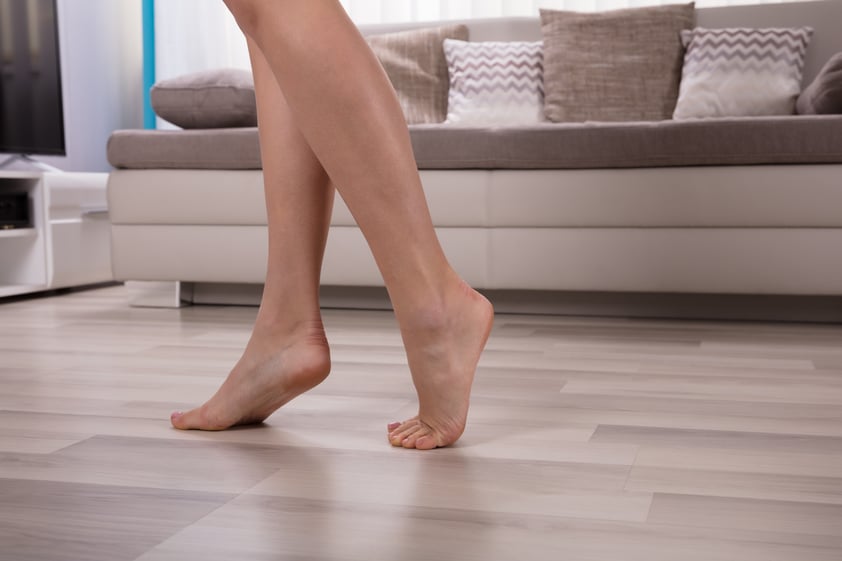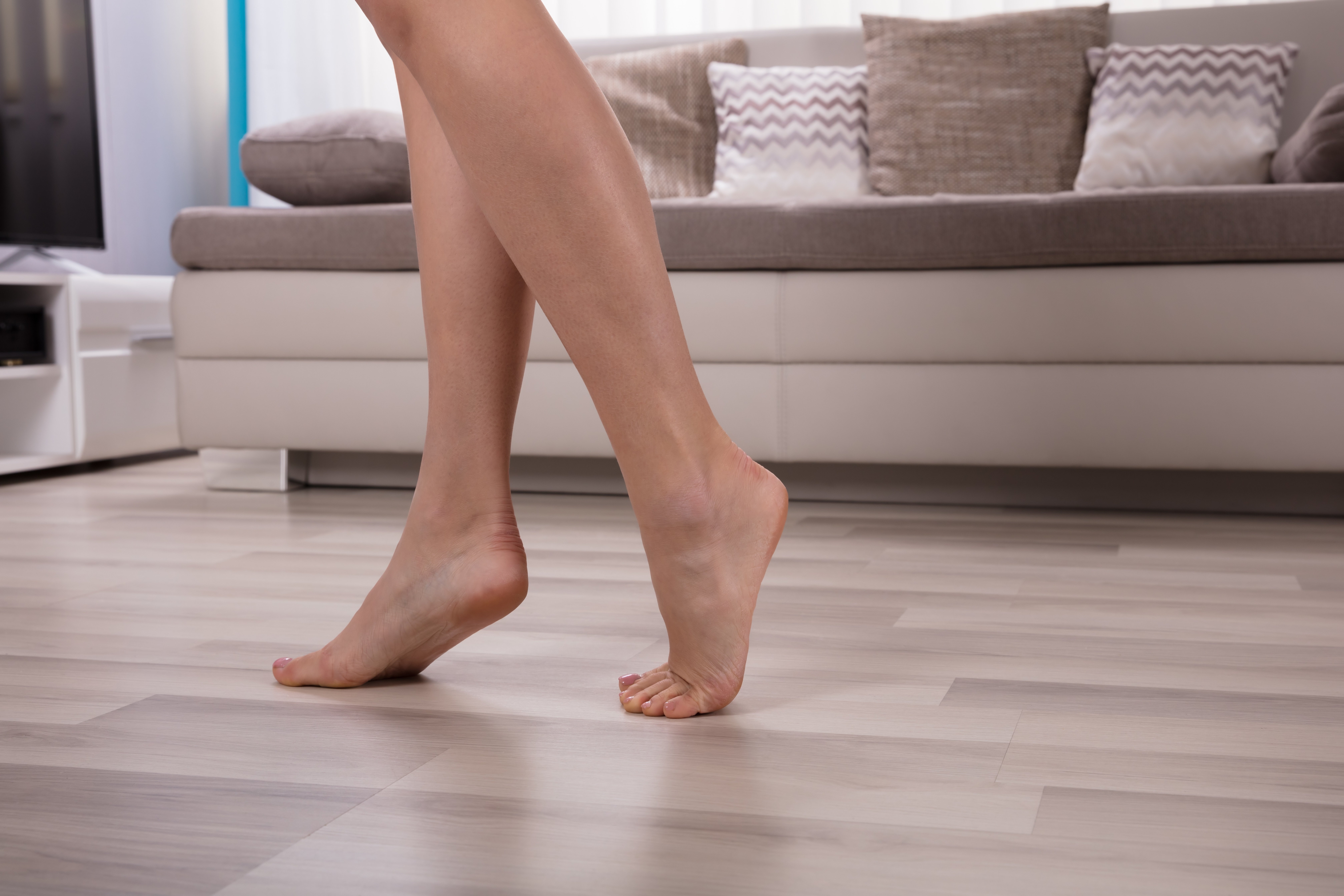Through its use in a number of solutions, radiant heating has rapidly become one of the most effective heat distributions methods on the market. Here, heat is delivered through the floor, walls, ceiling, and other surfaces in a given space, without heating the air in-between. Utilising direct heat transfers between occupants and objects, properties are effectively warmed as a result of radiation.

Playing a key role in the high energy efficiency values possessed by underfloor heating and cooling systems, our blog this week dives into all you need to know about radiant heating!
How does radiant heating work?
Renowned for its silent operation and high energy efficiency, radiant heating is a promising feature in modern homes and commercial buildings.
Here, given that the source of heat is located beneath the floor, the rise in temperature is uniform and consistent, displacing cooler air in a given space. In this regard, heating does not occur through a forced air system, resulting in zero disturbance to dust and other allergens - one of the biggest drawbacks of other heating systems. Radiant heating therefore, not just improves the internal environment but also reduces drafts, maintaining the health and well-being of all who dwell inside.
Types of Radiant Heating Systems
When it comes to floor heating, radiant systems can be categorised according to the medium used to deliver heat. These include:
Air-heated radiant systems - here, hot air is released through ducts underneath the floor, which creates a warm atmosphere in the room. The main drawback of this type of system is that the air exchanged cannot hold too much heat, so they may not be the best pick for residential properties.
Electronic radiant floor systems - here, heating cables or conductive plastic mats are built into the floor for heating purposes. This type of system makes more sense in properties that have access to time-of-use electricity rates and have a sizeable concrete (thermal) mass. They’re best configured to operate when rates are low, during off-peak hours. Heat can be stored in the floor itself and can deliver around 8-10 hours of heating without power consumption, if thermal mass is high enough.
One of the biggest limitations of electronic systems, however, is that they depend heavily on resistance heating, which can result in excessive running costs if the kilowatt-hour price is high.
Hydronic radiant heating systems - not just the most popular of the all underfloor heating systems, hydronic variants are also the most cost-effective. Suitable for properties that use a thermostat to control heat output, here, hot water from a boiler is pumped through pipes that are evenly distributed under the floor. These systems require very little maintenance and can be installed under existing floors, making them the perfect choice for properties undergoing renovation.
Radiant floor heating installation types
When it comes to radiant floor heating, installation can be categorised between wet and dry methods. Again, classification is dependant on the heat transfer medium used and does not have any relation to either hydronic or electrical systems, contrary to popular belief.
Wet installation - through this method, electrical cables, mats or hydronic tubing are embedded in a thick concrete slab or thin concrete subfloor, which makes it more expensive than dry installation. Here, radiant systems take longer to heat a particular room. Given, however, that the large thermal mass preserves the heat better, warm temperatures can be maintained for several hours after the system is turned off.
Dry Installation - this process is not just more convenient but less expensive as well. Heating cables, mats or tubing is installed in a pocket of air under the floor and results in faster heating compared to the wet systems. However, configuration needs to operate at a higher temperature since it is not embedded in the flooring itself.
Key takeaways
With its lower running costs, high energy efficiency, and beneficial health implications, radiant heating systems are a top choice in many properties.
Given the multiple types of underfloor systems that utilise this highly effective heating principle, theses systems make a good fit in diverse settings, whether residential or commercial. Owing to the ease with which these systems can be installed in either new or existing buildings, radiant heating is set to play a more dominant role in the heating industry in the time to come.

